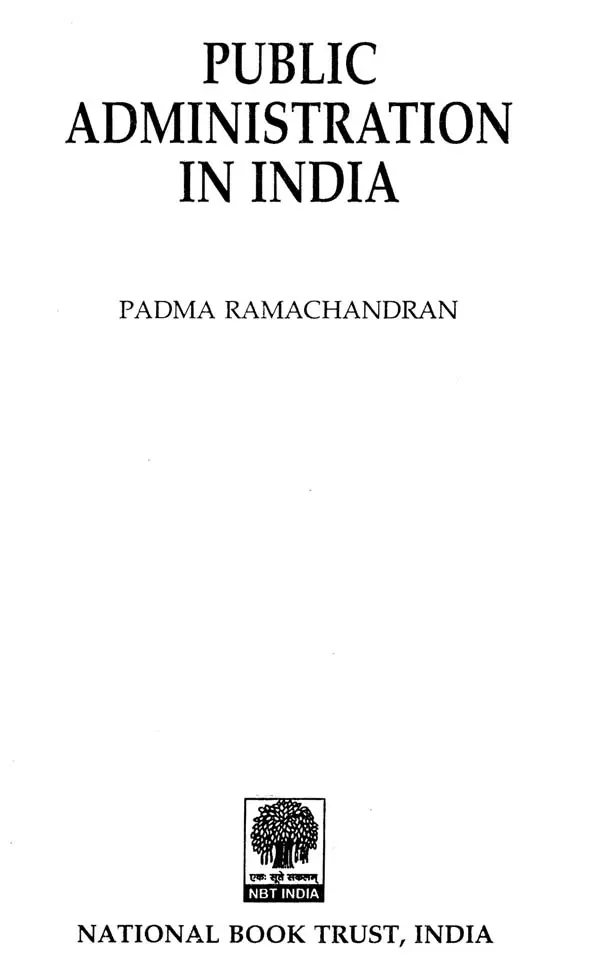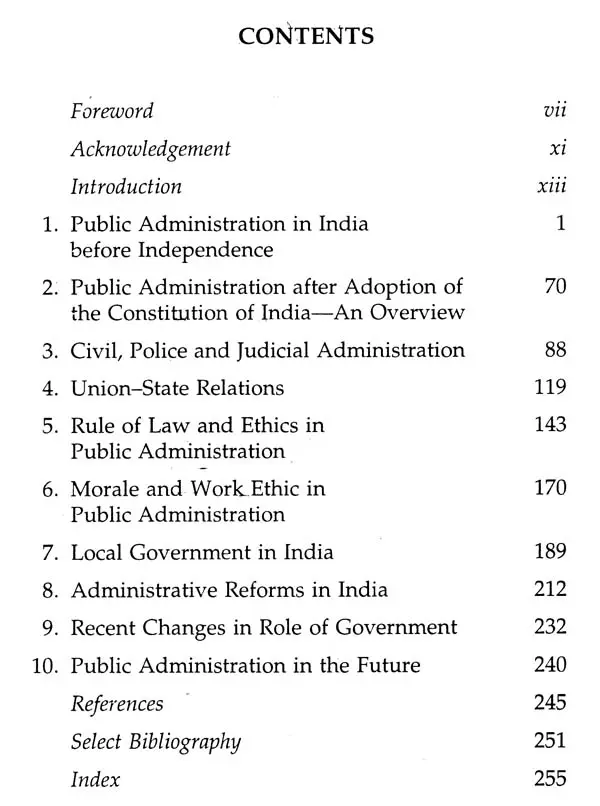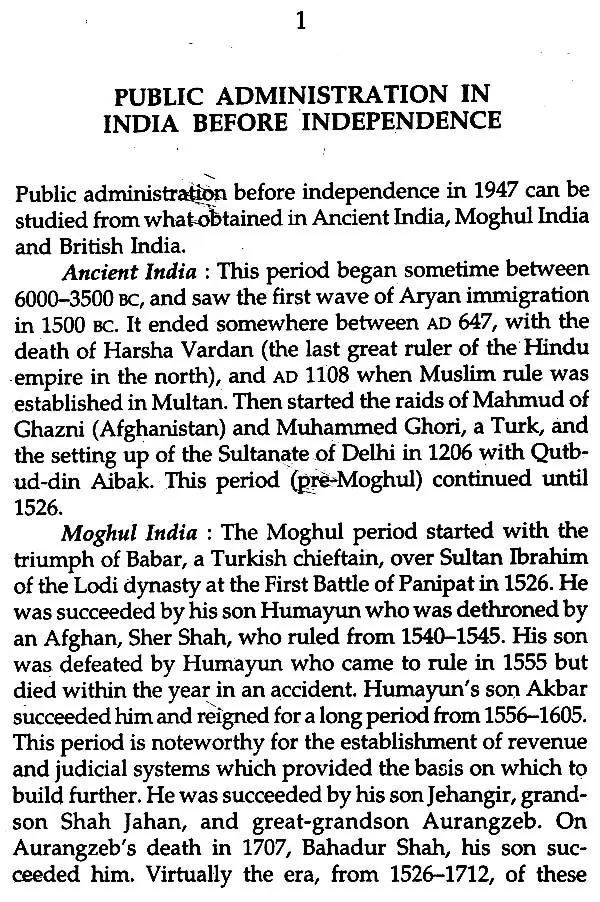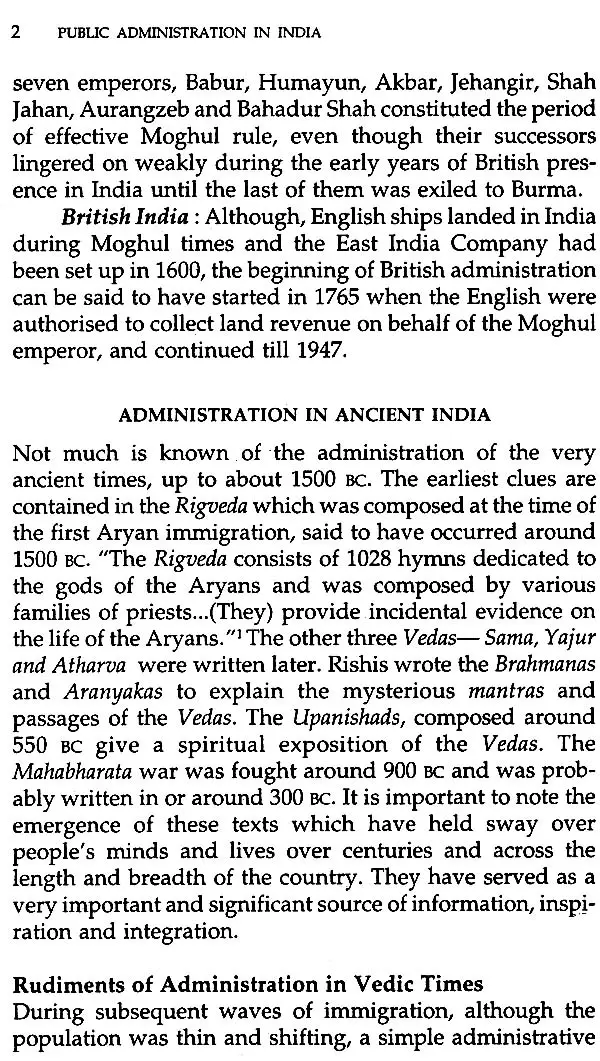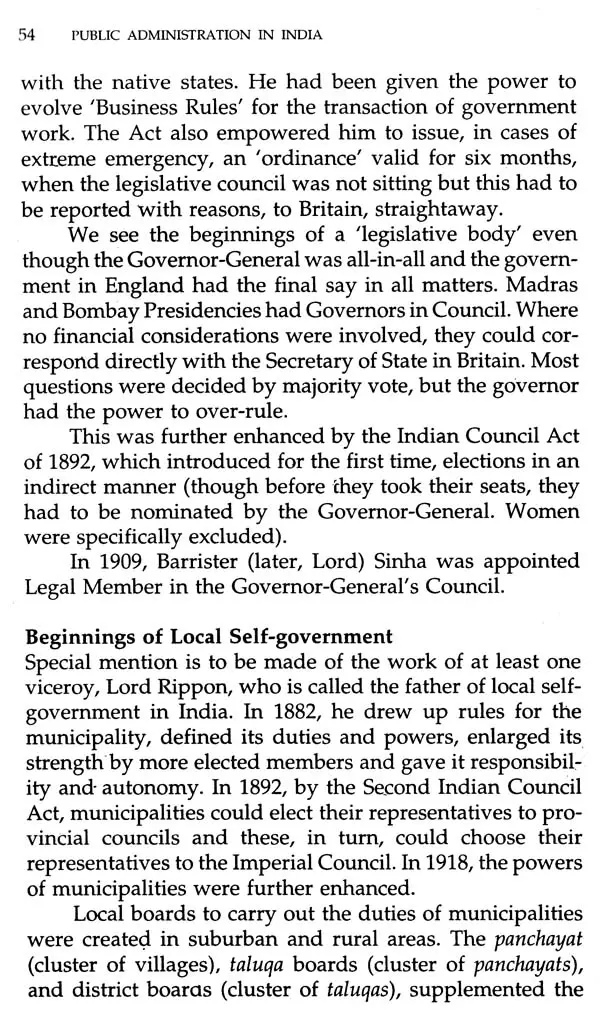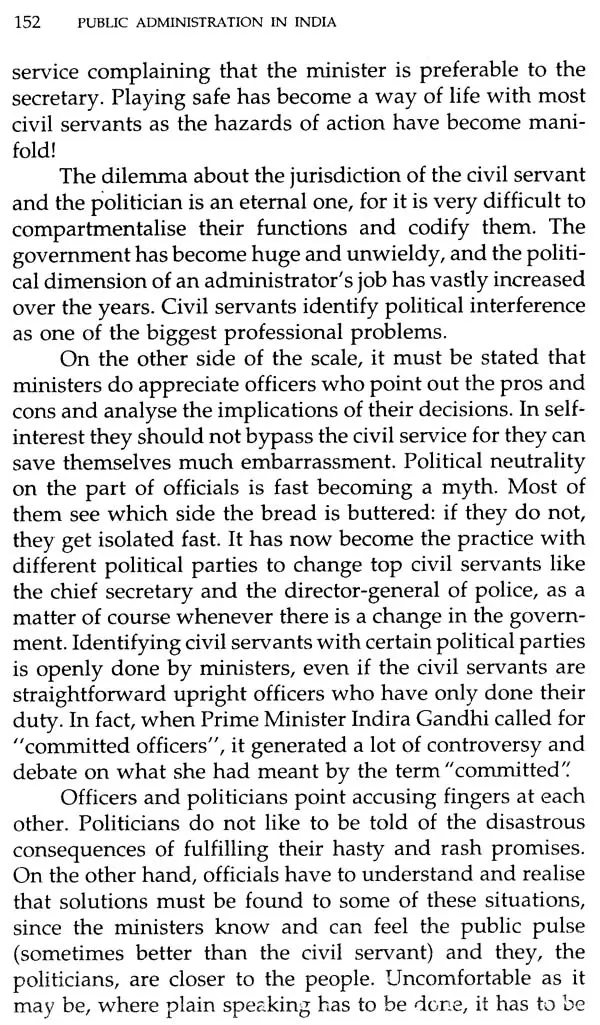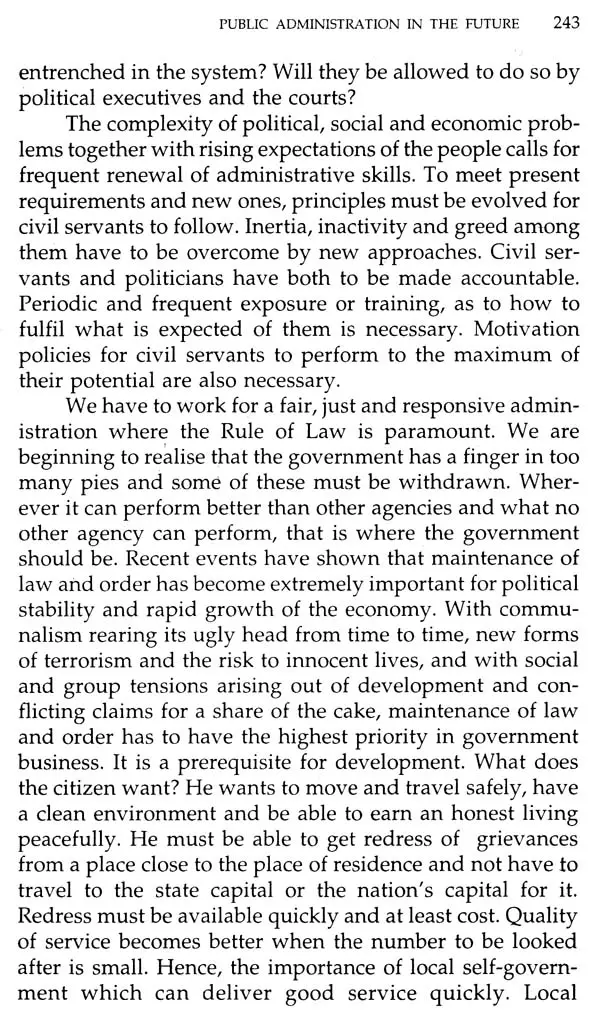
Public Administration in India
Book Specification
| Item Code: | UAJ418 |
| Author: | Padma Ramachandran |
| Publisher: | National Book Trust, India |
| Language: | English |
| Edition: | 2013 |
| ISBN: | 9788123717821 |
| Pages: | 260 |
| Cover: | PAPERBACK |
| Other Details | 8.50 X 5.50 inch |
| Weight | 370 gm |
Book Description
Padma Ramachandran is currently Vice-Chancellor, M.S. University, Baroda. She has had an illustrious career as a member of the Indian Administrative Service from 1956 to 1992, holding responsible positions in the State (Kerala), in the Government of India and with the United Nations. The first woman civil servant in Kerala to become District Collector, Secretary to Government and later Chief Secretary to Government, she was also the Director, Asia and Pacific Centre for Women and Development, UNESCAP, Bangkok. Widely travelled, she has studied different systems of governance and the problems of women's development in many countries. She has authored several short stories, and written articles and papers on management, training and women.
Many books have been written over the years on political systems and forms of government, but it is only since the 1950s that public administration or governance has been studied as a separate subject in itself. Even so, it did not get the importance that the subject of management in business got from institutions and writers. There are many books on management for the general reader. Books on public administration and public management were written by academics and scholars mostly for other scholars, and administrators. Some administrators also wrote books based on their personal experiences. These books did not gain a wider readership, nor were they intended to. In India, to the best of my knowledge, there is no book so far on this important subject for the general public. This book meets that need.
We are all probably descendants of earlier civilisations and later immigrants because no one knows whether there was a native race of the Indian soil. We have inherited an ancient and vast land, which now measures 3214 km from the north to the south and 2933 km from the east to the west with a total land area of 3,287,263 sq. km. We have 25 states and six Union Territories and now the National Capital Territory of Delhi. The Himalayas border India on the north, north-east and north-west, and at the tip, in South India, is Kanyakumari washed by the Arabian Sea on one side and the Indian Ocean on the other.
**Contents and Sample Pages**
